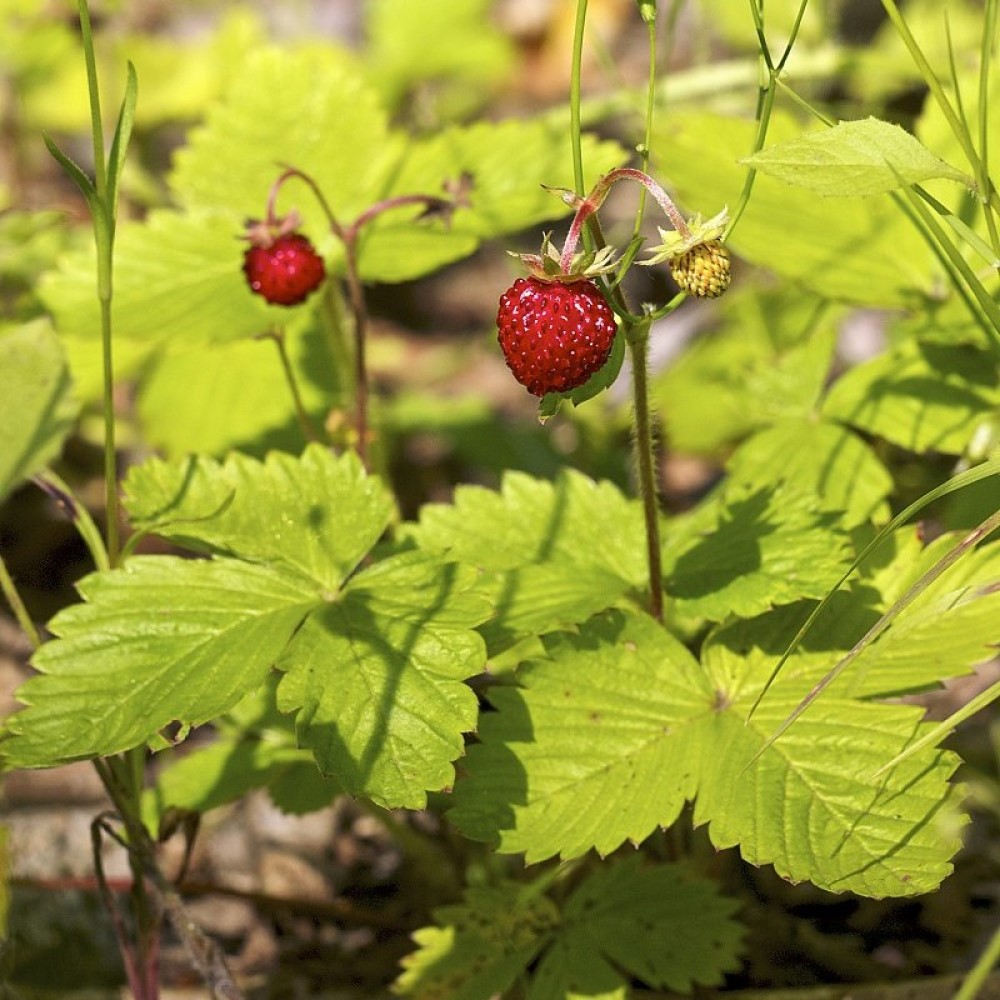
Frostban sprayed on acre of strawberry plants marking the first release of genetically altered bacteria in the U.S.
On Apr. 24, 1987, Advanced Genetic Sciences (AGS) sprayed Frostban on an acre of strawberry plants in Brentwood, CA, marking the first release of genetically altered bacteria in the U.S.
Stephen Lindow at the University of Wisconsin-Madison identifed the bacterium as P. syringae, and in 1977, discovered the mutant ice-minus strain. In 1983, AGS applied to the U.S. regulatory authorities to perform field tests with the ice-minus strain of P. syringae, but were delayed by environmental concerns. In the end, frostban was never marketed.
Ice-minus bacteria is a variant of the bacterium Pseudomonas syringae (P. syringae) that lacks the ability to produce a certain surface protein. The “ice-plus” nucleation-active protein (INA protein) found on the outer bacterial cell wall acts as the nucleating centers for ice crystals. The crystals facilitate ice formation, hence the designation “ice-plus”. The ice-minus variant of P. syringae is a mutant, lacking the gene responsible for ice-nucleating surface protein production, and protects the plants from below freezing temperatures.
Tags:
Source: LA Times
Credit:
